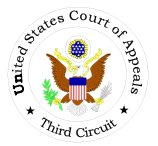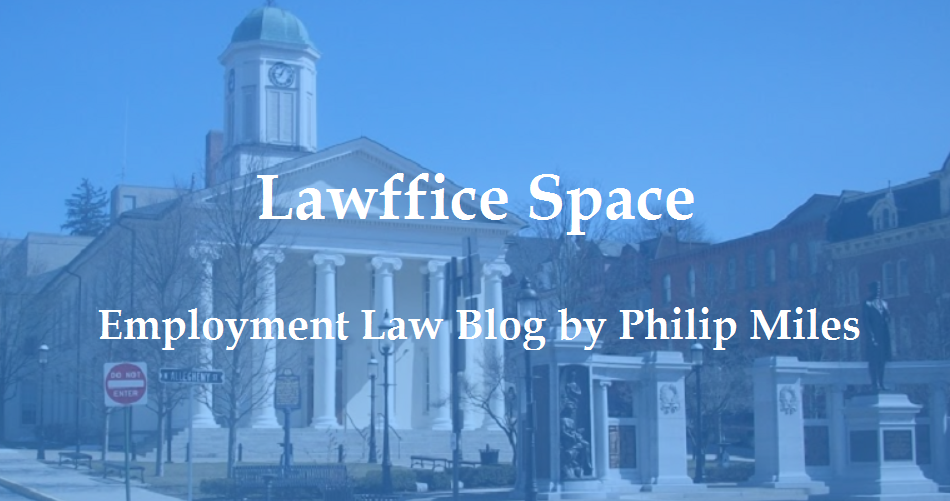What's that, you say? In sexual harassment cases involving a hostile work environment (i.e. the employer did not take a tangible employment action against the employee) where the harasser is a supervisor (i.e. someone with the authority to take a tangible employment action), the employer may evade liability by establishing:
(a) that the employer exercised reasonable care to prevent and correct promptly any sexually harassing behavior, and
(b) that the plaintiff employee unreasonably failed to take advantage of any preventive or corrective opportunities provided by the employer or to avoid harm otherwise.That is established Supreme Court precedent, and the Third Circuit followed it.
What is remarkable about Minarsky is that:
- the employer had an anti-harassment policy;
- the employer provided the plaintiff with the policy;
- the employee failed to report the harassment for years; and
- when the employer found out about the harassment, it fired the harassing supervisor.
This sounds like classic Faragher-Ellerth defense material!
 |
| Not official use. |
County officials were faced with indicators that Yadlosky’s behavior formed a pattern of conduct, as opposed to mere stray incidents, yet they seemingly turned a blind eye toward Yadlosky’s harassment.
Was the policy in place effective? Knowing of his behavior, and knowing that Minarsky worked alone with Yadlosky every Friday, should someone have ensured that she was not being victimized? Was his termination not so much a reflection of the policy’s effectiveness, but rather, did it evidence the County’s exasperation, much like the straw that broke the camel’s back? We do not answer these questions, but conclude that there exists enough of a dispute of material fact, and thus a jury should judge . . . .
What about the employee's failure to report?
She clearly failed to take advantage of the employer's policy and corrective opportunity. But, was her behavior unreasonable? Again, the Court concluded that this determination should be left to a jury. The employee testified that she feared retaliation from the supervisor, reporting would be futile because the employer already knew of his other misconduct, and she desperately needed to keep her job (and insurance) to cover her daughter's cancer treatments.
Interestingly, the Court also covers the #MeToo movement a little (although not expressly calling it that). Footnote 12 begins:
This appeal comes to us in the midst of national news regarding a veritable firestorm of allegations of rampant sexual misconduct that has been closeted for years, not reported by the victims.The Court goes on to describe recent news reports and studies about harassment and underreporting.
I suspect this case will be cited by every plaintiff-side lawyer in the country any time the Faragher-Ellerth defense comes up. For employers, it's yet another wake-up call that they need to promptly (end effectively) address harassment when it is discovered.

No comments:
Post a Comment